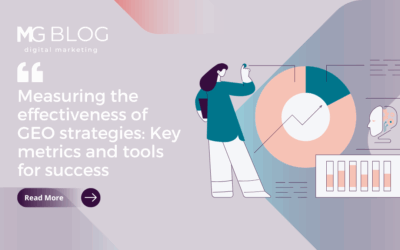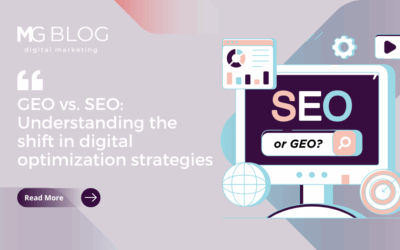It’s no secret that location-based technology is opening up a world of possibilities for marketers. In fact, GeoMarketing is one of the hottest terms in marketing right now — but what does it even mean, and how can organizations use it to communicate with their customers and stakeholders?
What is Geofencing?
Geofencing is the practice of using global positioning (GPS) or radio frequency identification (RFID) to define a geographic boundary. Then, once this “virtual barrier” is established, the administrator can match identifiers like IP range data to set up triggers that send messages through a variety of ad inventory including a text message, email alert, or app notification when a mobile device or laptop enters (or exits) the specified area.
One of the most widely-known applications of geofencing is Snapchat’s On-Demand Geofilters. Snapchat’s geofilters let marketers develop a custom filter, draw a virtual “fence” around a custom area where they’d like that filter to be shown, and make it available to Snapchat users within those parameters for a fee, for a given amount of time. Once the filter has reached the duration of its lifespan, the creator can see quantifiable performance data like how many people used the filter and how many impressions it generated.
Another example is using a programmatic platform with a variety of available inventory to target a particular office building to reach key decision-makers at an ABM target directly, or to serve ads to those attending a conference or other event.
How can brands use it?
Geofencing enables businesses to section off a geographic area and communicate with devices within that space. Geofencing is a way to engage consumers based on hyper-local location, and that can do a lot in terms of triggering immediate sales as well as understanding shopper mindset — taking mobile marketing to a whole new level.
While geofencing has actually been around for a while, the popularity of smartphones and mobile devices have made it an incredibly valuable marketing tool. Geofencing offers a world of possibilities for mobile users, from interactive shopping lists, to home security systems, garage door openers, or a suggestion for a new restaurant you haven’t tried before. For marketers, the focus is on push notifications and mobile advertisements that can be tied to a business location.
Geofencing at trade shows
As mentioned, for many B2B companies, industry trade shows are the pinnacle of marketing. A convention hall packed with prospects and industry thought leaders often leads to filling the top of the marketing funnel and improving business outcomes in the long-run. But with these opportunities comes a heavy price tag, so making the most of them is critical for B2B businesses. Geofencing is just the tool for the job, helping businesses get their brand name out to their target audiences using tactics like location-based display ads or social media content filters. When done correctly, geofencing can help companies boost brand awareness, drive qualified booth traffic, and collect valuable data about prospects.
Just as easily and geofencing lets brands promote their own business, geofencing can also be used as a tool to target other businesses and events offered by competitors. Microsoft, for example, potentially could target Google’s big I/O conference — and Google could do the same with Microsoft’s Build event.
There is no doubt that hyper-targeted, location-based marketing is the next big thing in digital marketing. Now is the time to get started.




